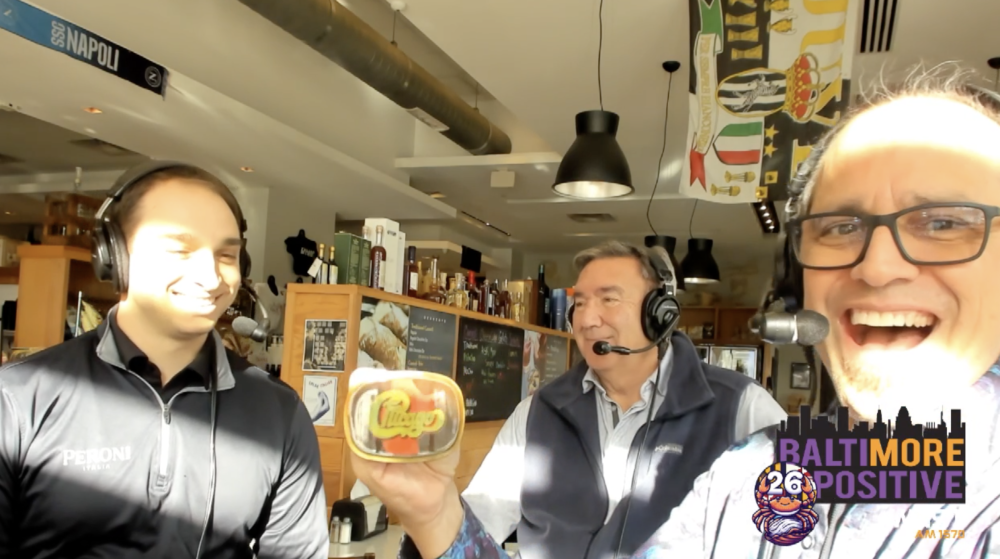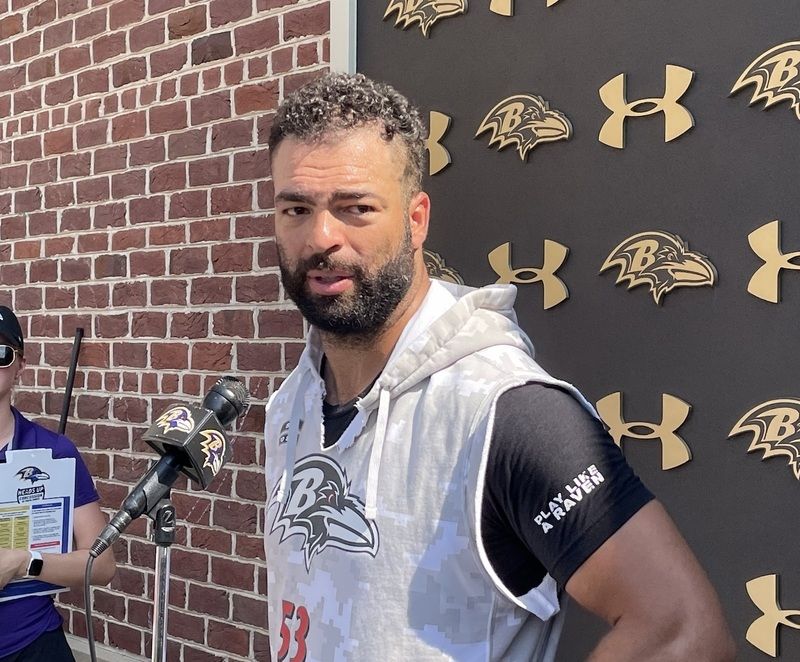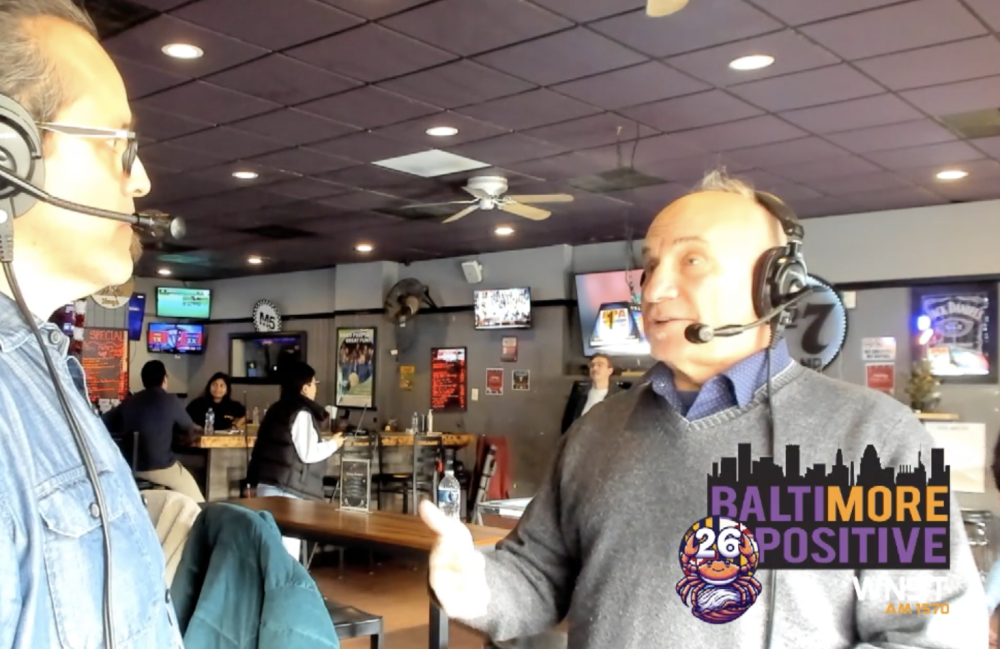After a protracted labor war all summer, the Ravens and the other 31 NFL teams had an almost normal scale of training camp in 2011 and the team quickly found out the advantages to having training camp in their own 200,000-square foot, $20 million facility that was built for the express purpose of housing, training and improving football players. Multiple fields – indoor, outdoor and improved facilities that was designed to win football games and give players the best chance to compete and improve.
In the spring of 2012 the Ravens were once again being pressed by Carroll County, Westminster and their own fan base about whether the team would be coming back to McDaniel College and after a long, internal debate the team opted to put an end to its era of open practices in August. Clearly, this created quite a bit of upheaval amongst the tens of thousands of fans – many of them who didn’t have PSL’s or the economic wherewithal to buy tickets during the season.
As a peace offering – and because it was the right thing to do – the Ravens selected three dates for practice scrimmages in the summer of 2012 and wound up having huge events in Baltimore, Annapolis (at Navy’s Marine Corps Stadium), and in Owings Mills at Stevenson University, where a gigantic field sits on what was formerly the Colts and then Ravens complex on Owings Mills Blvd.
For many fans, Bisciotti wore the bulls eye as the protagonist to move training camp from Westminster back to Owings Mills permanently. The reality from inside the organization was the polar opposite. It was Bisciotti who fought and who lobbied his entire organization to find a way to make a return to Westminster a reality, but once again his open communication style found a swell of resistance from virtually every department in his building and for a myriad of reasons.
First and foremost, the team doesn’t practice and sweat in August for the approval of the fans. Head coach John Harbaugh and all of the football personnel were adamant that the prime reason to have a training camp is to prepare to win football games. And there’s nowhere to better prepare for a season than in a complex that’s wholly built to support that goal.
On the business end, the Ravens made a nominal amount of revenue from training camp in Westminster via sponsors plus some product and concession sales on site at McDaniel College. The Ravens would “lose” money by not holding camp in Carroll County, but it wasn’t enough revenue to offset the other logistical, tactical and practical matters that affected virtually everyone inside the organization during the ramp up to playing football games in early September.
Then there was the issue of the newly negotiated collective bargaining agreement that severely restricted the ability of coaches to get field time. The NFLPA didn’t win a lot of battles or concessions in their nasty 2011 war with the owners, but less practice was a theme of their victory and this mandate of no more than 14 padded practices during summer camp eliminated the traditional afternoon session, affectionately known as “two a days.”
No NFL head coach or staff would want to have practices eliminated by thunderstorms or foul weather of any kind, but the Ravens continued to debate the merits – pros and cons – of returning to Westminster and other than appeasing the fans, no one in the building could make an argument that it was in the best interests of the team or their ultimate goal of winning a championship.
Sleeping on tiny, old beds in a two-star hotel in Westminster sounded sexy, but it wasn’t conducive to the proper rest for the athletes. The fields and locker rooms were built to house a Division III football team, not an NFL franchise. Many were angered when Terrell Suggs suffered a slight injury in 2010 after slipping on the wet Bair Stadium field.
In addition, virtually every piece of furniture, video equipment, training equipment and football gear would all be transported annually, causing a manpower and mobility issue for the franchise. Then, while in Westminster, many times it was difficult to make wireless equipment and cell phones work with inadequate connectivity into what is essentially a pasture the other 11 months of the year.
“The only reason to do it was the fans and for Carroll County,” Cass said. “Steve remembered it so fondly as a boy and it was paramount to him. We tried to find a way, but in the end we just couldn’t do it. And really, there’s no way to replicate Westminster. It was special place for the fans and for the players to touch the fans.”
Bisciotti was even more contrite: “Dick was in the middle,” he said. “He understood the logistics were becoming prohibitive. There was the history, the fans, the interaction. And I loved all of it.
“Moving it was an assault on our brand and Dick cared about me. I knew this would come back to me and we didn’t want this to be construed as insensitive to the fans. I knew it was becoming a logistical nightmare. The CBA changed how much they could practice. If there hadn’t have been a lockout, we might still be in Westminster today. They wouldn’t have been able to prove to me that they it was better for the team to be in Owings Mills. Even when I saw it with my own eyes, I still didn’t want to do it. I thought the pain was worth the tradition. But deep down, I knew it was not good a business decision.”



























